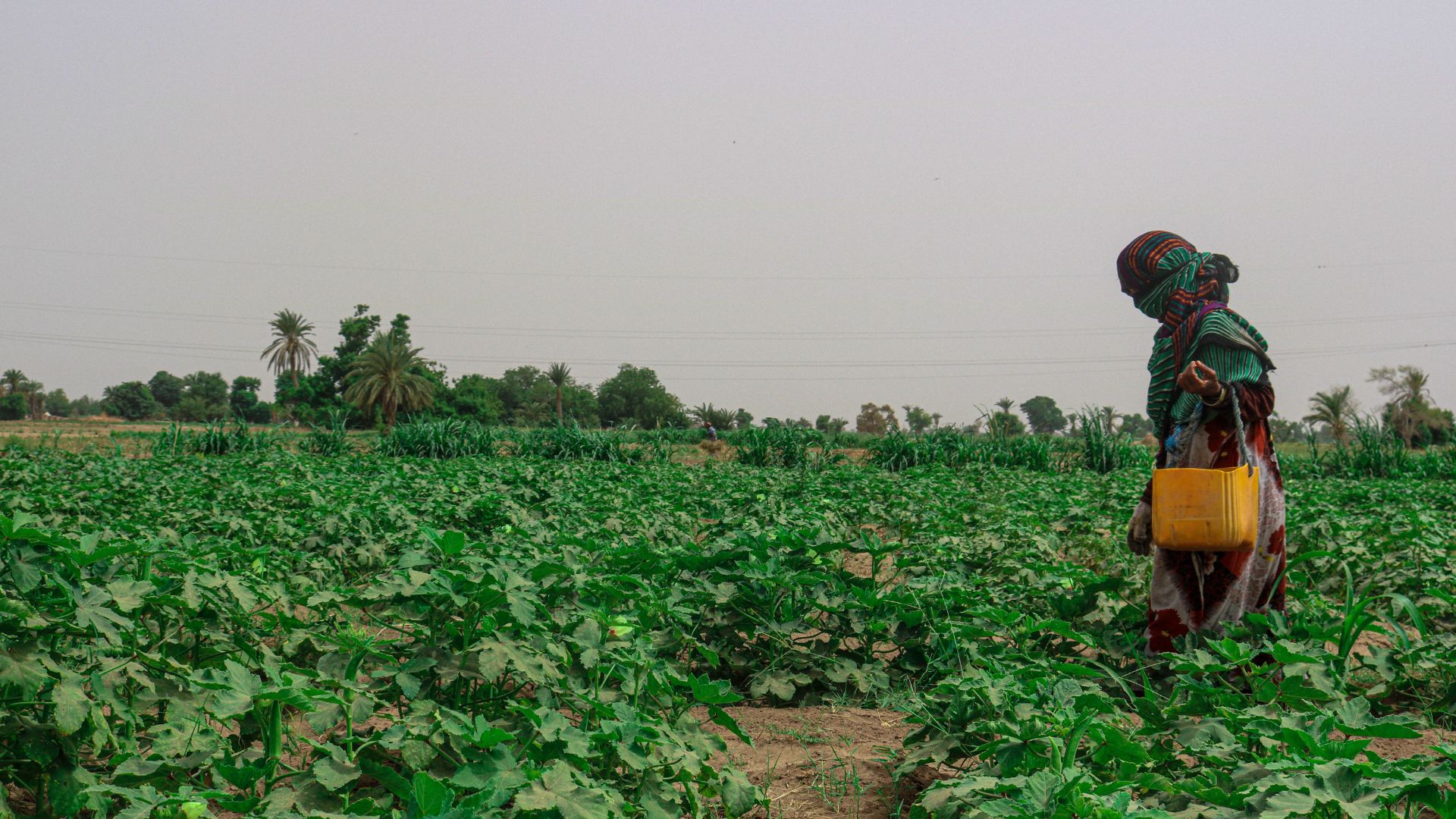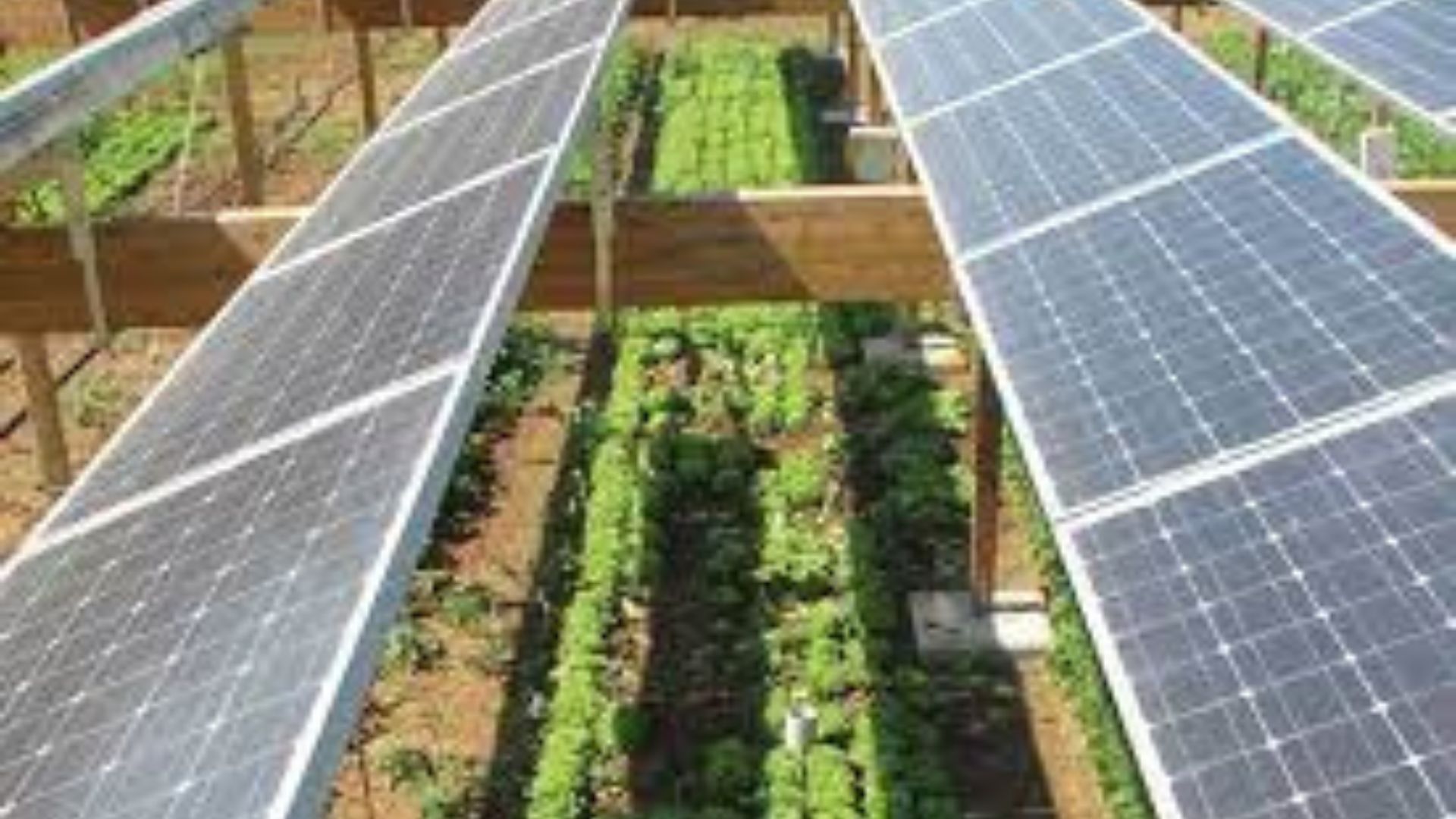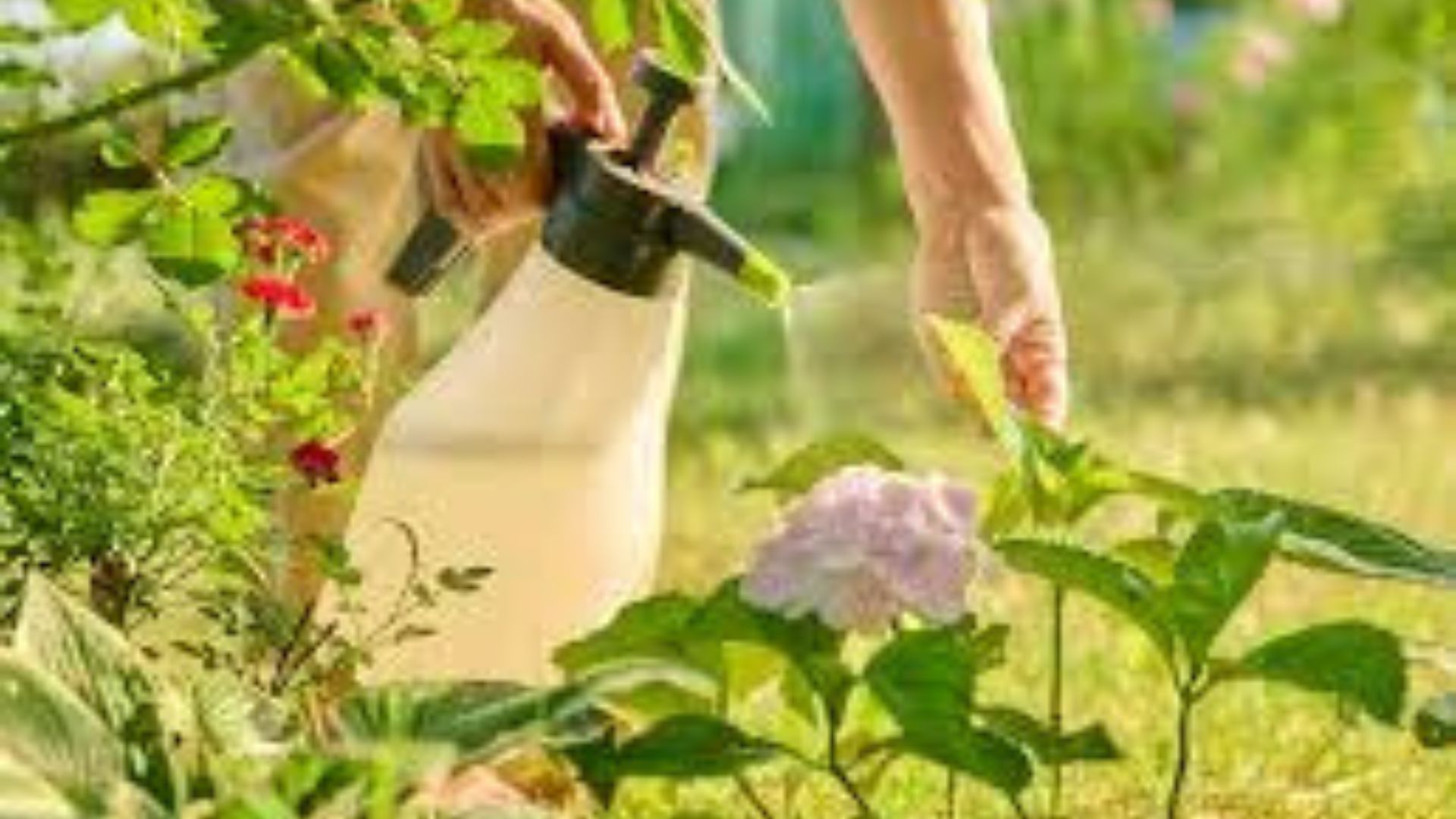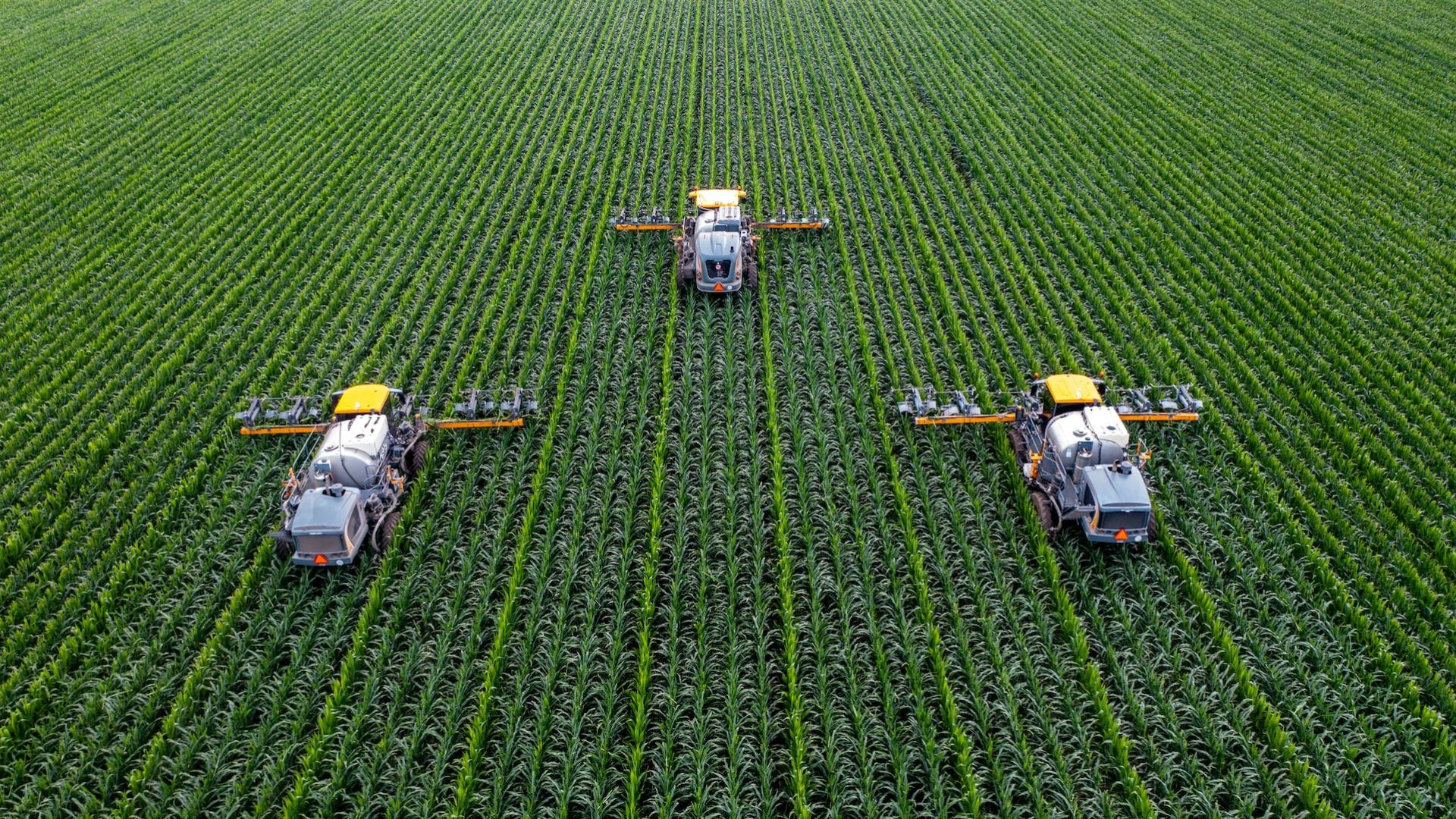Green farming, also known as sustainable or eco-friendly farming, is a powerful way to protect the environment while producing food. However, for farmers in developing countries, switching to or maintaining green farming practices comes with a unique set of challenges. These obstacles are not just technical, but also social, economic, and political.
Let’s explore the major challenges green farmers face in developing regions—and why overcoming them is key to global food security and environmental health.
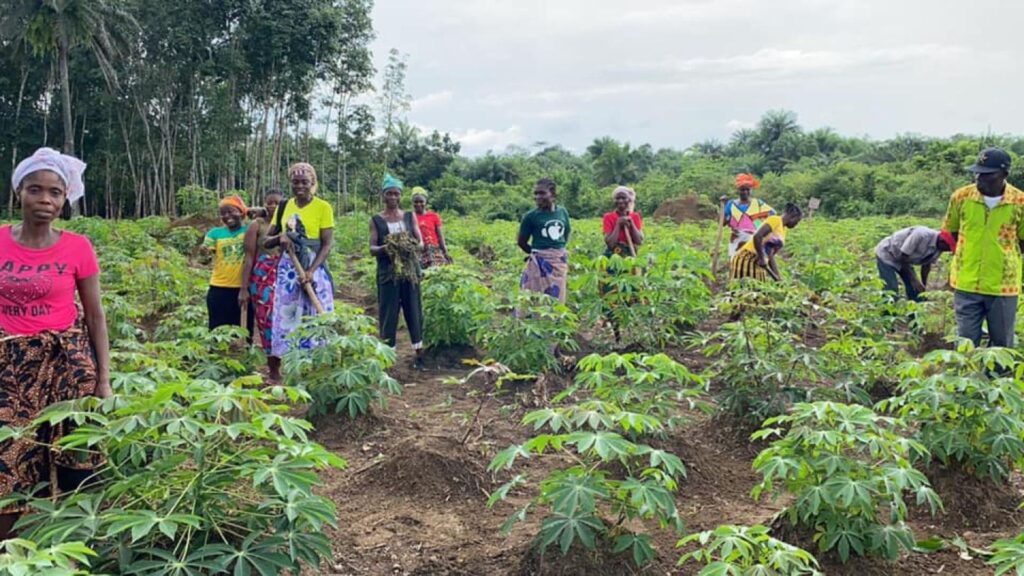
Limited Access to Capital and Credit
One of the biggest barriers is lack of funding.
Many green farming methods—like organic certification, drip irrigation systems, or solar-powered equipment—require upfront investment. But smallholder farmers in developing countries often:
-
Struggle to access bank loans
-
Have no collateral to secure credit
-
Lack awareness of available government or NGO support
As a result, they cannot afford the tools, infrastructure, or training needed to farm sustainably.
Insufficient Technical Knowledge and Training
Green farming requires knowledge of:
-
Composting
-
Natural pest control
-
Crop rotation
-
Organic soil care
-
Efficient water use
Unfortunately, many rural farmers receive little or no training in these methods. Without proper support, they may:
-
Use outdated or ineffective practices
-
Return to chemical farming due to lack of results
-
Fail to meet organic standards for certification
Poor Infrastructure
In developing countries, infrastructure challenges are common and include:
-
Poor roads for transporting produce
-
Limited electricity and water access
-
Lack of storage and refrigeration
For green farmers, who grow perishable crops and depend on timely delivery to markets, bad infrastructure can lead to spoilage, lost income, and waste.
Lack of Market Access
Even when farmers grow organic or eco-friendly products, they often struggle to find profitable markets.
-
Few buyers recognize or pay extra for sustainable products
-
Exporting to global organic markets requires certification and logistics
-
Local markets may not value or understand green farming
As a result, farmers cannot charge premium prices to cover the cost of sustainable practices.
Limited Availability of Green Inputs
Eco-friendly farming requires:
-
Organic seeds
-
Bio-fertilizers
-
Natural pesticides
-
Water-saving tools (like drip irrigation kits)
But in many developing countries, these inputs are:
-
Expensive
-
Hard to find
-
Not locally produced
Farmers then fall back on conventional chemicals, even if they want to farm sustainably.
Climate Change and Environmental Stress
Ironically, green farmers are often more affected by the very environmental problems they aim to solve:
-
Droughts, floods, and erratic rainfall damage crops
-
Rising temperatures affect soil fertility and plant health
-
Biodiversity loss makes pest control harder
Because green farmers avoid chemical inputs, they rely more on natural balance, which is increasingly hard to maintain in a changing climate.
Policy and Institutional Gaps
In many developing countries:
-
There are few strong government policies promoting sustainable farming
-
Extension services may promote chemical farming for short-term yields
-
Green farming programs lack funding or direction
-
Farmers have little voice in policy decisions
Without clear support and protection, green farmers feel isolated in a system designed for industrial agriculture.
Social and Cultural Barriers
Sometimes, the biggest resistance comes from:
-
Community pressure to stick with traditional methods
-
Belief that chemical farming is more “modern” or profitable
-
Lack of interest from younger generations in farming at all
Changing mindsets takes time and effort—and often requires role models, education, and local success stories.
Certification and Regulatory Hurdles
To access high-paying organic or eco-conscious markets, farmers need official certification. However:
-
The process can be costly and complicated
-
It often involves paperwork, inspections, and annual fees
-
Many farmers don’t understand what’s required
Without certification, even truly green farmers miss out on the benefits of their hard work.
Risk of Low Yields During Transition
Switching from conventional to green farming takes time. In the first few seasons:
-
Yields may drop
-
Soil may still be recovering from chemical use
-
Pest pressure can increase
During this period, farmers earn less but must still work harder, which discourages adoption—especially without external support.
Conclusion
Green farming holds huge potential in developing countries: it can restore soil, protect biodiversity, and increase long-term food security. But without investment, training, infrastructure, and supportive policies, many farmers are left struggling.
To truly support green agriculture, governments, NGOs, consumers, and businesses must remove the obstacles standing in the way. Only then can small farmers become true agents of sustainability and resilience in a changing world.






